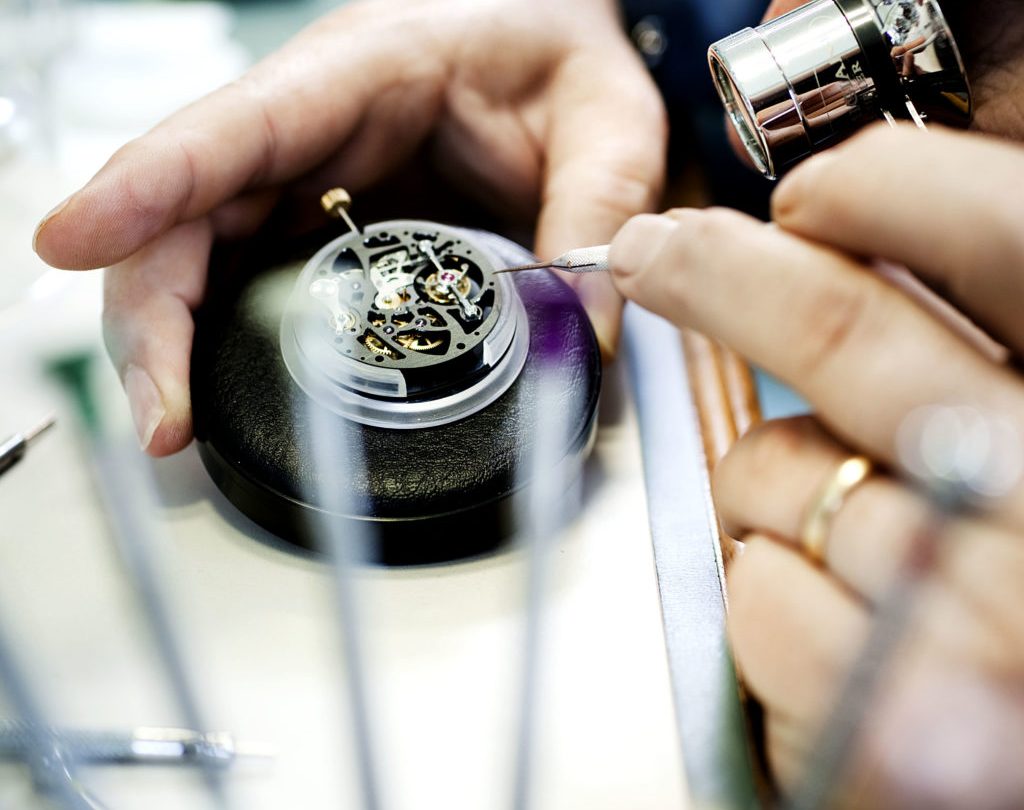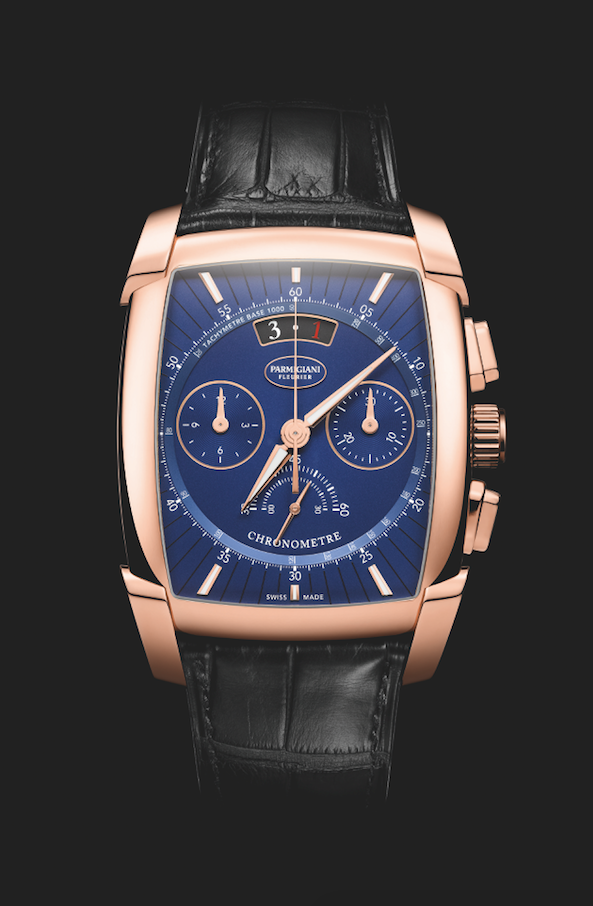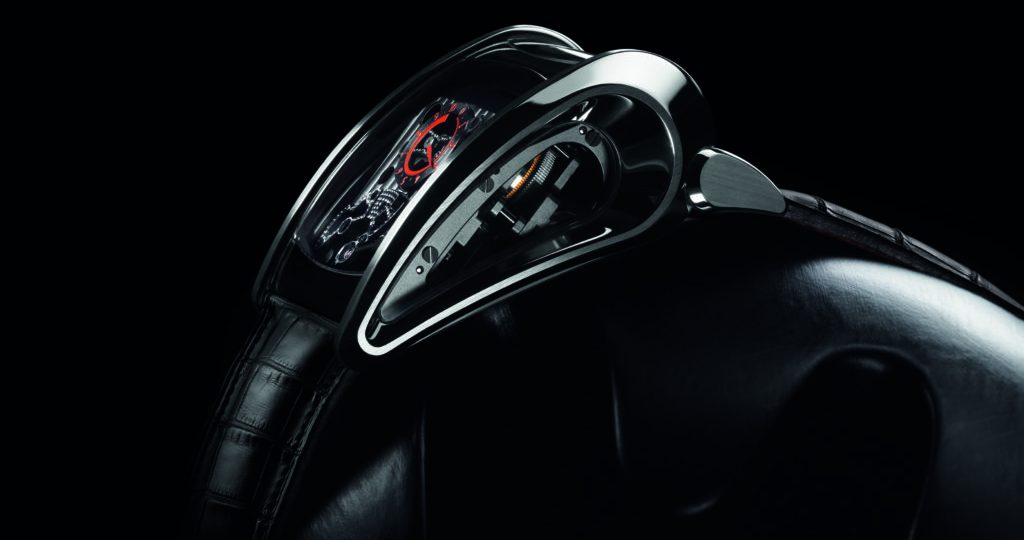Parmigiani’s restoration movement



“In a way I think Parmigiani is in line with Dubai: its development, its extravagance and its courage to create crazy buildings and skyscrapers.”
He said: “I embarked on my entrepreneurial adventure in 1976, when the quartz crisis was ravaging the watchmaking industry. Working, as I was during this period, on so many wonders from times gone by, made the idea that traditional watchmaking might disappear absolutely unthinkable to me. Restoration gave me the confidence I needed to pursue my watchmaking dreams, despite the naysayers.
“I have faith in the traditional watchmaker’s art; it is the cornerstone of Parmigiani Fleurier and has been the guiding force throughout my career.”
The company continues to offer the dying art of restoration through their Restoration Workshop, describing it as the soul of Parmigiani Fleurier.


Early days in Dubai
The special qualities of the watchmaker and his watches were noticed by Middle East connoisseurs and he was invited to the UAE.
Parmigiani said: “The first time I came to Dubai was in 1997 with the UAE Chamber of Commerce. There was no Burj al Arab; the Hyatt Regency was the only luxury hotel really. I was shown many works in progress around the city and I’ve been surprised by the fast growth of the city. I’m curious to see the changes today.
“In a way I think Parmigiani is in line with Dubai: its development, its extravagance and its courage to create crazy buildings and skyscrapers.”
The invitation to the nascent company was a focused part of Dubai’s international positioning as a commercial hub. As Parmigiani explained: “Back then they wanted to make a Dubai watch market to rival Hong Kong… Dubai is an important part of the watch business and its central location means the whole world is coming here. The business has changed; Russian clients were spending money, but the situation is different now. For us it’s important to be here in Dubai.”
Parmigiani has maintained his love of watchmaking and his strong principals over the years. He explained his credo: “Watches must be beautiful objects but they also must be comfortable. It’s not just a matter of design; I always have ergonomics in mind. You must be able to wear the watch all day, not just for a few moments.”
Changing faces
From the early days he began to experiment with his designs, but always ensured a holistic approach. He said: “My first watches were round, but the Kalpa was the first I developed with a rectangular shape and I designed the lugs to be made in line with the case. The watch was designed as a whole. The lugs weren’t just added at the last moment to hold the strap.”
He still enjoys the creative process and laments that the growth in the business takes him away from his tools. “Unfortunately I don’t work on watches all the time. If I could be at my workbench every day making watches I would, but business and travel take up my time. My first love is watches and working with my hands.”
He has come a long way since he began in the watch industry in 1975, but feels that he has still things to create at that workbench. “Time has gone much too fast, it shows we’re getting older. When Parmigiani started 22 years ago I had something a bit different in mind, something less important and more discreet. I’d like to innovate much more in my work but for this I need time. I worry I won’t be in a position to create and develop novelties because time is running fast.
“I think my skills improve, yes, like a good bottle of wine. You learn from the past. It takes time and you get better with maturity and age. You get more accurate, you gain experience and over the years improvements are made,” he added.
And it is not just his on experience he relies upon. He is still influenced by the type of timepieces he was restoring at the beginning of his career. He reflected: “I have many books about the history of watchmaking. John Harrison created watches 200 years ago and he is my hero. He went off the beaten track and I’m still impressed by what he did.
“When you have the privilege to see the many extraordinary watches that were made back then with the tools they had, you can only be humbled by the skills of the old watchmakers.”

High speed horology
One of the most renowned models from Parmigiani Fleurier has come through an ongoing partnership with luxury car maker Bugatti.
Parmigiani is enthusiastic about the design, but creating it was not easy. The design of the Bugatti PF 372 flipped all the mechanical components onto a vertical axis, retaining the lateral time display so appreciated by car drivers. He said: “Our Bugatti piece is a machine, not a watch. It gave us lots of problems and was very challenging – totally different to making a round piece. We were reinventing horology so we had to break the codes and go off the beaten track.”
Billed as the fastest watch in the world, while on the wrist of Bugatti test driver Pierre-Henri Raphanel, travelling at a top speed of 431 kmh, Parmigiani’s experience is a little more sedate.
He recalled: “I once drove a Bugatti. I went around the streets of Fleurier, the small village in Switzerland where Parmigiani is based. It’s a very impressive car. The acceleration was like a jet fighter, so I drove quite slowly!”








